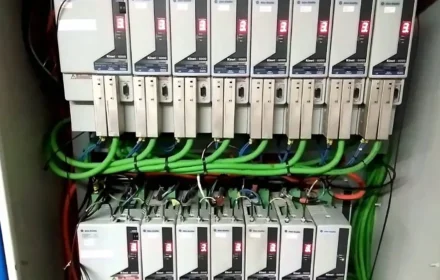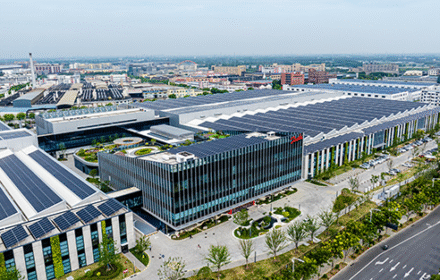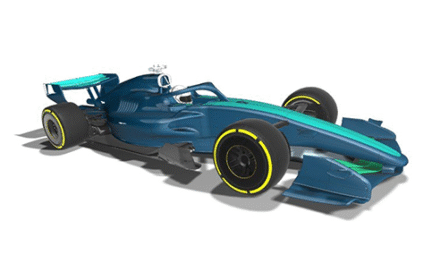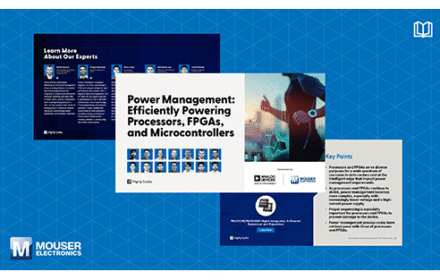
Revolutionizing Industrial Automation with Safe 3D Ultrasonic Sensing
Breakthrough Funding for Robotic Safety Technology
Sonair secured $6 million to accelerate its ADAR sensor deployment. This funding will help capture global market segments in industrial automation. The company now ships to manufacturers across three continents.
Advanced 3D Ultrasonic Sensing Technology
Sonair’s ADAR sensor uses acoustic detection and ranging technology. It provides robots with precise real-time 3D environmental awareness. This enables safe operation in shared human-robot workspaces.
Industry Safety Certification Achievement
The sensor achieves PLd ISO13849 and SIL IEC 61508 safety certifications. This represents an industry first for 3D ultrasonic sensing technology. Consequently, it meets the highest safety standards for industrial automation.
Investment Confidence and Global Expansion
Strong investor support demonstrates market confidence in the technology. Scale Capital and Investinor lead the funding round. Existing investors significantly increased their financial commitments.
Cost-Effective Alternative to LiDAR
ADAR technology offers significant advantages over traditional sensing methods.
- Substantial cost reduction compared to LiDAR systems
- Precise 3D perception capabilities
- Lower computational requirements
- Full vertical viewing angles
According to MarketsandMarkets, the sensor market will reach $35.7 billion by 2028.
Addressing Critical Industry Challenges
Warehouse automation and labor shortages drive demand for safe robotics. U.S. warehouse workers experienced 4.7 injuries per 100 employees in 2023. This nearly doubles the private industry average rate.
Real-World Applications and Customer Validation
Global companies successfully tested and deployed ADAR sensors.
- FUJI CORPORATION uses sensors for retail autonomous robots
- European manufacturer implements cleaning robots
- Over 30 companies participated in testing phases
- Logistics and manufacturing applications proven
The autonomous mobile robot market will reach $15.6 billion by 2030.
Investor Perspectives on Market Potential
Terkel Douglas of Scale Capital emphasized the technology’s simplicity. Egil Garberg from Investinor highlighted safety requirements for robot scaling. Jesper Hart-Hansen noted dual-use applications across sectors.
Author’s Insight: Sensor Integration in Industrial Automation
By World of PLC
Sonair’s technology represents a significant advancement in industrial safety systems. The integration of certified safety sensors with PLC-controlled automation creates safer manufacturing environments. For system integrators, this means easier compliance with safety standards while maintaining operational efficiency. The cost advantage over LiDAR makes advanced safety accessible to more applications. Explore industrial sensors and safety components that complement modern automation systems at World of PLC.
Implementation Scenarios for Industrial Facilities
ADAR sensors benefit multiple industrial automation applications.
- Autonomous mobile robots in warehouse operations
- Collaborative robot workcells in manufacturing
- Material handling systems in logistics centers
- Safety monitoring for automated production lines
Each application requires reliable human-machine collaboration safety.
Frequently Asked Questions (FAQ)
How does ultrasonic sensing compare to vision systems?
Ultrasonic sensors work reliably in various lighting conditions. They provide consistent performance where vision systems might struggle.
What industries benefit most from this technology?
Logistics, manufacturing, and healthcare sectors show immediate benefits. Any environment with human-robot interaction needs this safety technology.
When will the sensors be widely available?
Sonair currently ships to manufacturers globally. Production scaling continues to meet growing market demand.
Conclusion: Advancing Industrial Safety Standards
Sonair’s funding and technology deployment mark significant progress. The ADAR sensor enables safer human-robot collaboration in industrial settings. This innovation supports the growing automation market while prioritizing worker safety.







